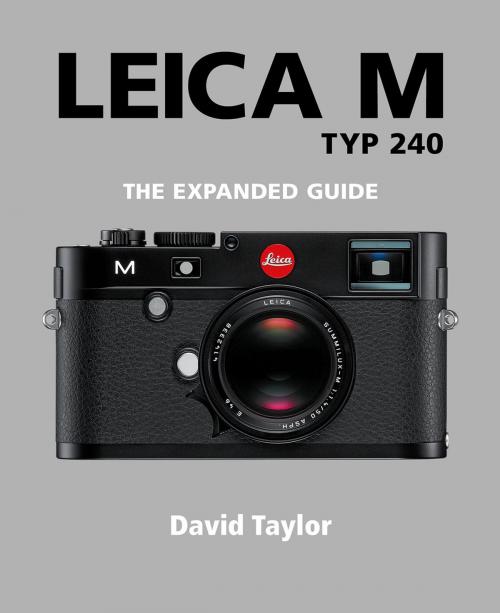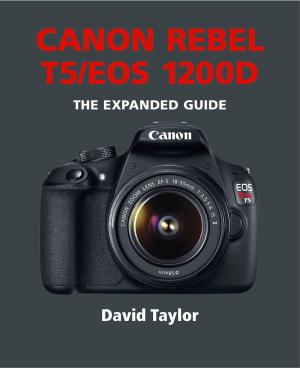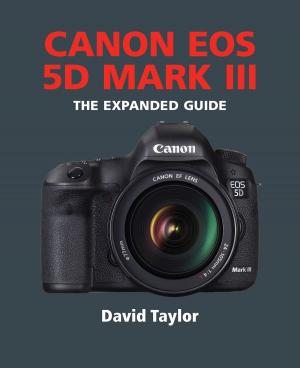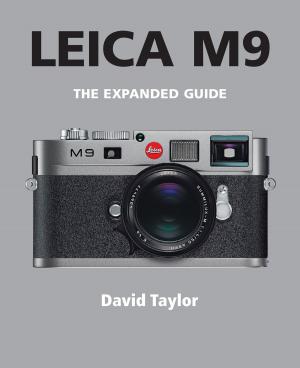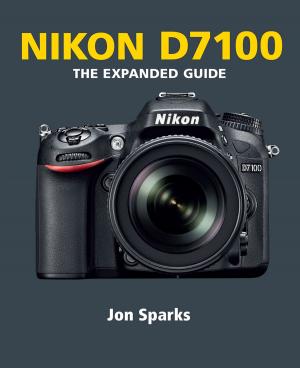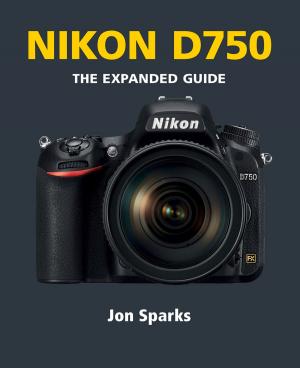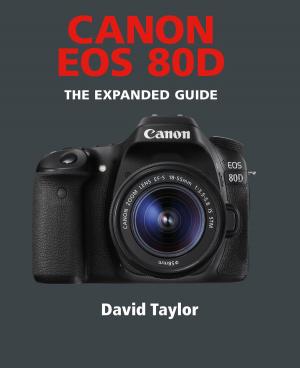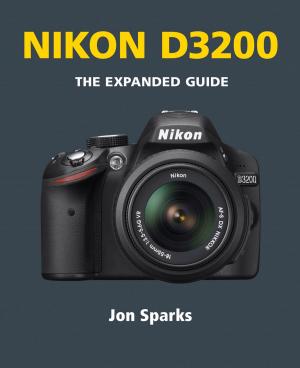| Author: | David Taylor | ISBN: | 9781781451137 |
| Publisher: | Ammonite Press | Publication: | April 1, 2015 |
| Imprint: | Ammonite Press | Language: | English |
| Author: | David Taylor |
| ISBN: | 9781781451137 |
| Publisher: | Ammonite Press |
| Publication: | April 1, 2015 |
| Imprint: | Ammonite Press |
| Language: | English |
The 24-megapixel Leica M (Typ 240) is the latest digital rangefinder model that replaces the M9. Leica dropped the numbering system that has identified its rangefinders since the M3 was introduced in 1954, yet the simply elegance of its design still takes its cue from earlier models, and is available in black or chrome. Despite this, the M is definitely a camera for the 21st century. The first rangefinder to use a full-frame CMOS image sensor, it enables live view, and offers a choice of magnified view or focus peaking for precise through-the-lens manual focusing. It is also the first M model capable of movie shooting, capturing 1080p footage at 25 or 24 frames per second. The camera has a 920k dot rear LCD with scratch-resistant cover. Compact for a full-frame camera, it measures 3.1 by 5.5 by 1.7 inches, but its brass and magnesium construction gives it a heavy-for-its-size weight of 1.5 pounds. A large optical viewfinder is located in the top right corner of the body and a second, smaller window towards the left; this captures a patch of light and together with the viewfinder, serves as a rangefinder mechanism. Peering through the viewfinder the center is brighter than the surrounding area, because it shows light from both windows. When the lens is out of focus the image in the center will be ghosted; when the lens is focused the patches align to form a single image. Framelines are illuminated using internal LED lights in a choice of red or white. Although the framelines are not visible when the camera is turned off, they are easy to see in dim lighting. The 0.68x magnification finder keeps the same sets of framelines that have been built into the M series since the M9: depending on the lens that's mounted, 28mm and 90mm, 35mm and 135mm, or 50mm and 75mm.
The 24-megapixel Leica M (Typ 240) is the latest digital rangefinder model that replaces the M9. Leica dropped the numbering system that has identified its rangefinders since the M3 was introduced in 1954, yet the simply elegance of its design still takes its cue from earlier models, and is available in black or chrome. Despite this, the M is definitely a camera for the 21st century. The first rangefinder to use a full-frame CMOS image sensor, it enables live view, and offers a choice of magnified view or focus peaking for precise through-the-lens manual focusing. It is also the first M model capable of movie shooting, capturing 1080p footage at 25 or 24 frames per second. The camera has a 920k dot rear LCD with scratch-resistant cover. Compact for a full-frame camera, it measures 3.1 by 5.5 by 1.7 inches, but its brass and magnesium construction gives it a heavy-for-its-size weight of 1.5 pounds. A large optical viewfinder is located in the top right corner of the body and a second, smaller window towards the left; this captures a patch of light and together with the viewfinder, serves as a rangefinder mechanism. Peering through the viewfinder the center is brighter than the surrounding area, because it shows light from both windows. When the lens is out of focus the image in the center will be ghosted; when the lens is focused the patches align to form a single image. Framelines are illuminated using internal LED lights in a choice of red or white. Although the framelines are not visible when the camera is turned off, they are easy to see in dim lighting. The 0.68x magnification finder keeps the same sets of framelines that have been built into the M series since the M9: depending on the lens that's mounted, 28mm and 90mm, 35mm and 135mm, or 50mm and 75mm.
